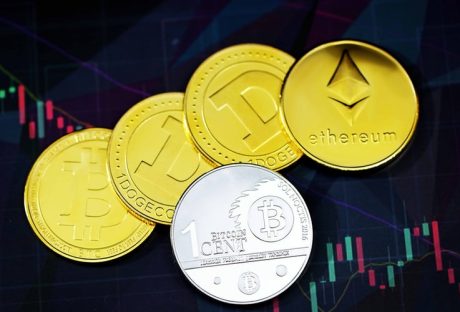One of the biggest concerns surrounding cryptocurrency, in general, is the impact that they have on the environment. In a world that is already struggling to catch up with the expectations that previous generations set, how much of an impact does Bitcoin make in the long term?
Bitcoin Mining and Energy

Bitcoin mining involves using a high-powered computer to solve a huge amount of cryptographic puzzles and problems, awarding bitcoins to the miner who operates that computer. This is a core part of how Bitcoin works and is also used to keep the blockchain behind it functioning.
However, since computers need to become stronger and stronger to satisfy these requirements, they also need more power. Dedicated ‘rigs’ have been built that are focused on nothing but mining bitcoin, which consumes even more power at a faster rate.
Over the last two years, Bitcoin mining caused an extreme spike in emissions, producing more than some countries would in the same length of time. While this is not an acceptable level, it also is not impossible to fix, and many people are already working on solutions.
Renewable Energy
Bitcoin mining has already begun to switch to renewable energy, with around 40% already having changed over. This does not sound like much, but it means that 40% of Bitcoin miners are using energy that is not going to pump CO2 into the atmosphere.
This switch has helped a lot, but there is still more progress to be made. Until a massive proportion of Bitcoin mining is done with renewable energy, it will keep contributing to pollution and climate change.
Elon Musk and Bitcoin
While many people associated Elon Musk with Bitcoin, part of his reason for distancing Tesla from the currency was the Bitcoin environmental impact. Bitcoin had begun to create so much pollution that Musk actively suspended purchases using it, moving on to other cryptocurrencies instead.
Considering that this came only a few weeks after he had announced buying almost $2 billion of Bitcoin, it was a surprising change, but one that made sense. However, Tesla has been open about the fact that they will return to using Bitcoin once it is more sustainable.
The Future of Bitcoin
Many people who are new to crypto often assume that Bitcoin means ‘cryptocurrency,’ even though there are plenty of other crypto options out there. This has led a lot of people to assume that every kind of crypto is just as risky, even though some are purpose-made to use sustainable options.
This even includes Bitcoin itself, in some cases. The president of El Salvador tweeted about the state-owned geothermal power company using volcanos to create clean mining energy shortly after accepting it as a legal tender. This is meant to help keep Bitcoin circulating without those downsides.
Bitcoin is not going away any time soon, but it will not return to the same level of popularity until it is cleaned up a bit. However, this also means that the price is lower now – people who are adopting sustainable mining options ahead of time will have plenty of Bitcoin before the next big spike.
Read Also:
























